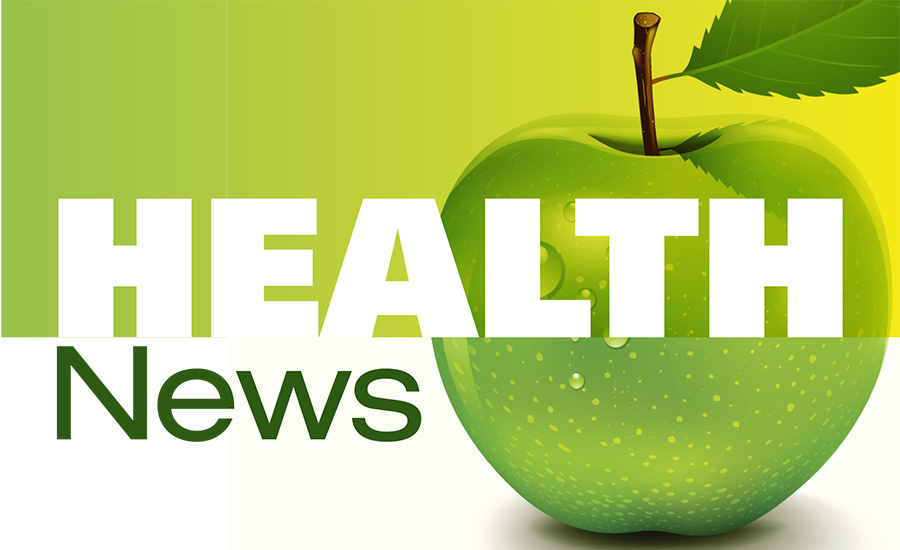Americans consume too much sodium. In fact, the average daily intake among individuals aged 2 years and older in the U.S. is 3,500 mg per day, significantly higher than the recommended daily maximum of 2,300 mg – and that doesn’t even include salt at the table. However, according to a recent study by the Centers for Disease Control and Prevention (CDC), more than half of Americans now report watching or reducing the amount of sodium in their diets.
Excess sodium intake and health
One in three U.S. adults – or about 70 million people – have high blood pressure and only half have it under control. Excess sodium intake is a major risk factor for hypertension, and subsequently, heart disease and stroke, the first and fifth leading causes of U.S. deaths.
Translating awareness into practice
Healthcare professionals play a key role in motivating patients, both with and without high blood pressure, to reduce salt in their diet. New research shows that adults who received sodium-related medical advice took steps to limit their intake.
Sodium in the food supply
The problem isn’t the salt shaker at the dinner table. More than three quarters of sodium in the American diet is estimated to come from processed and restaurant food, giving consumers little choice when it comes to lowering daily intake. Sodium is also found in products that a consumer might not consider “salty,” such as bread, pasta and cereal. A recent CDC study examined sodium concentration between top brands of specific foods – and the findings indicate sodium reduction is feasible. In fact, some food manufacturers are taking steps to voluntarily reduce sodium in their products.
For more information on the report or tips on reducing sodium, visit www.cdc.gov/salt/. For low-sodium, heart-healthy recipes and meal plans, visit http://recipes.millionhearts.hhs.gov/.


